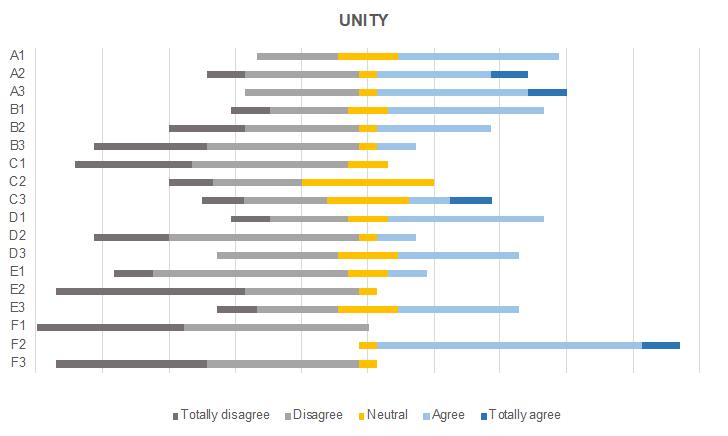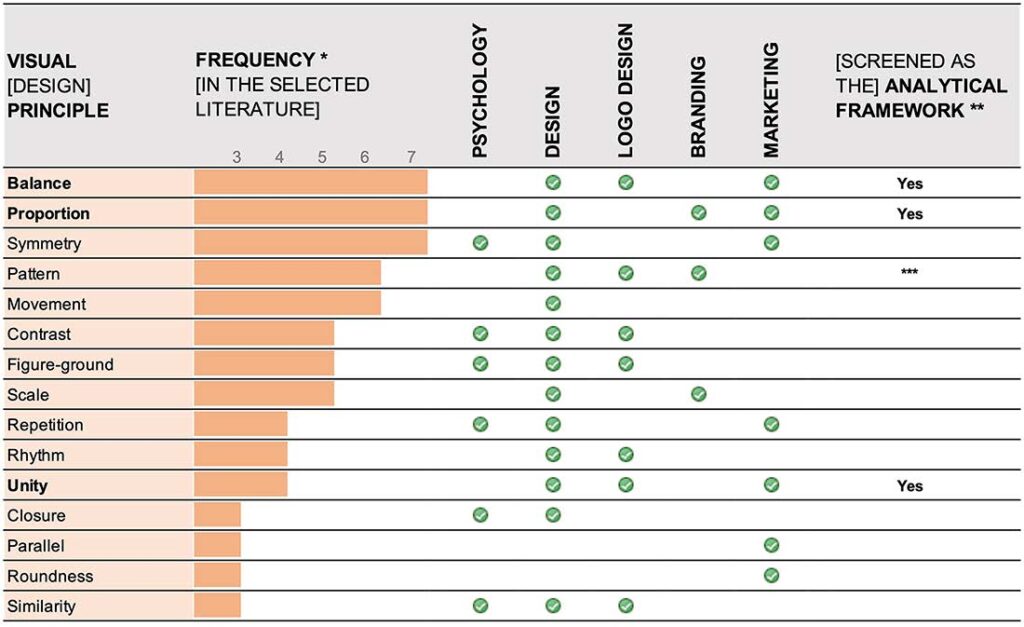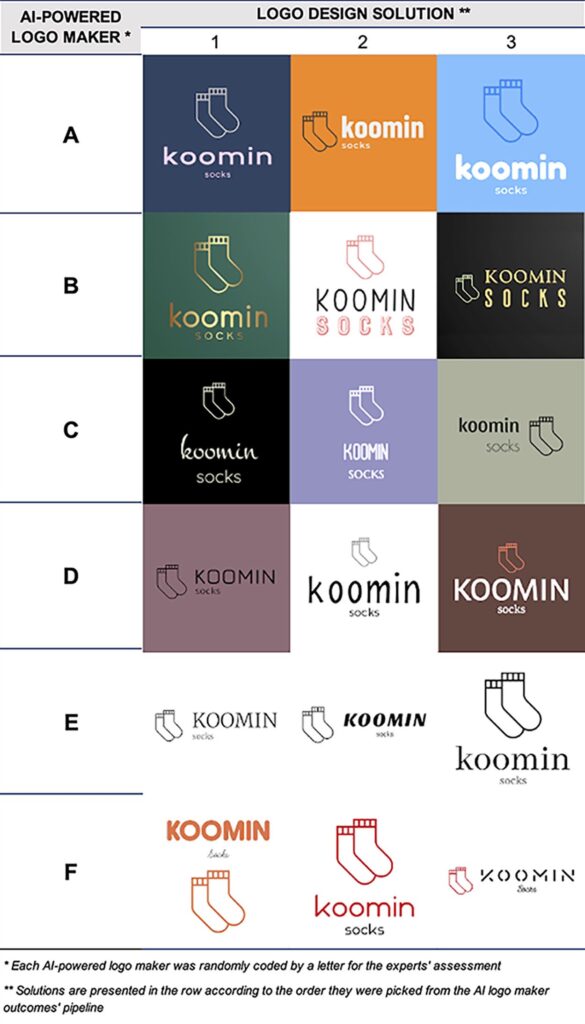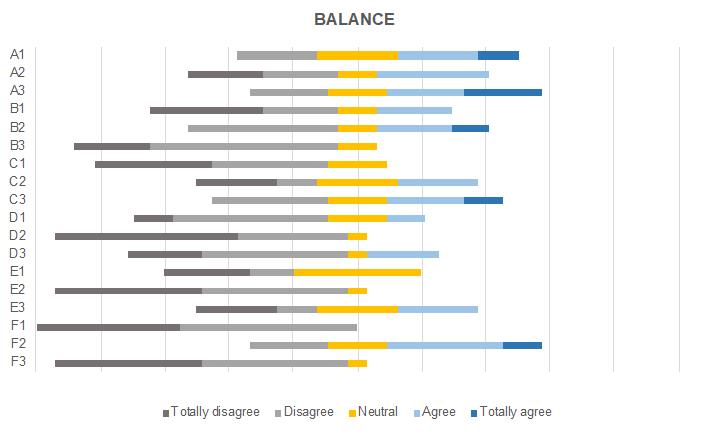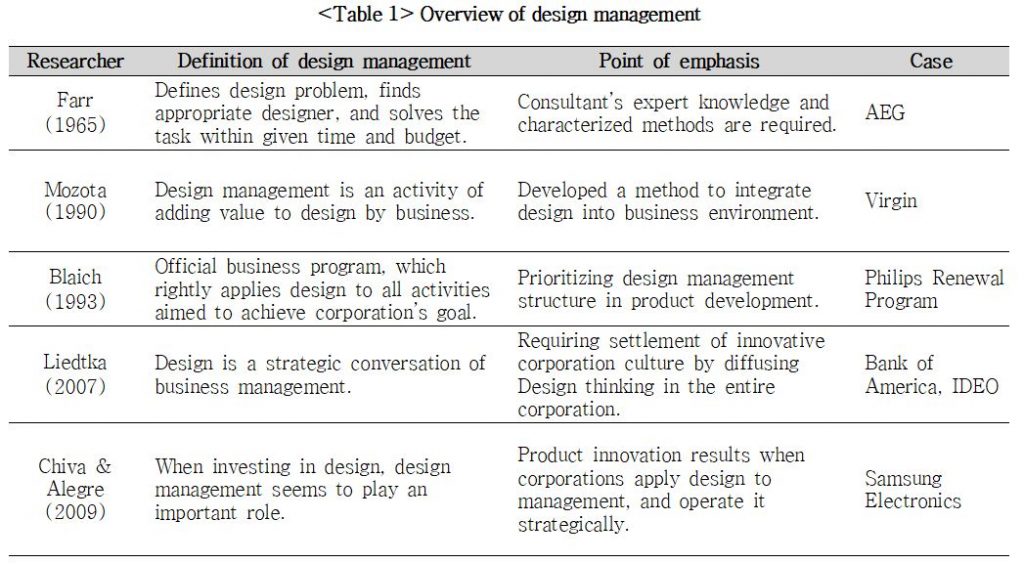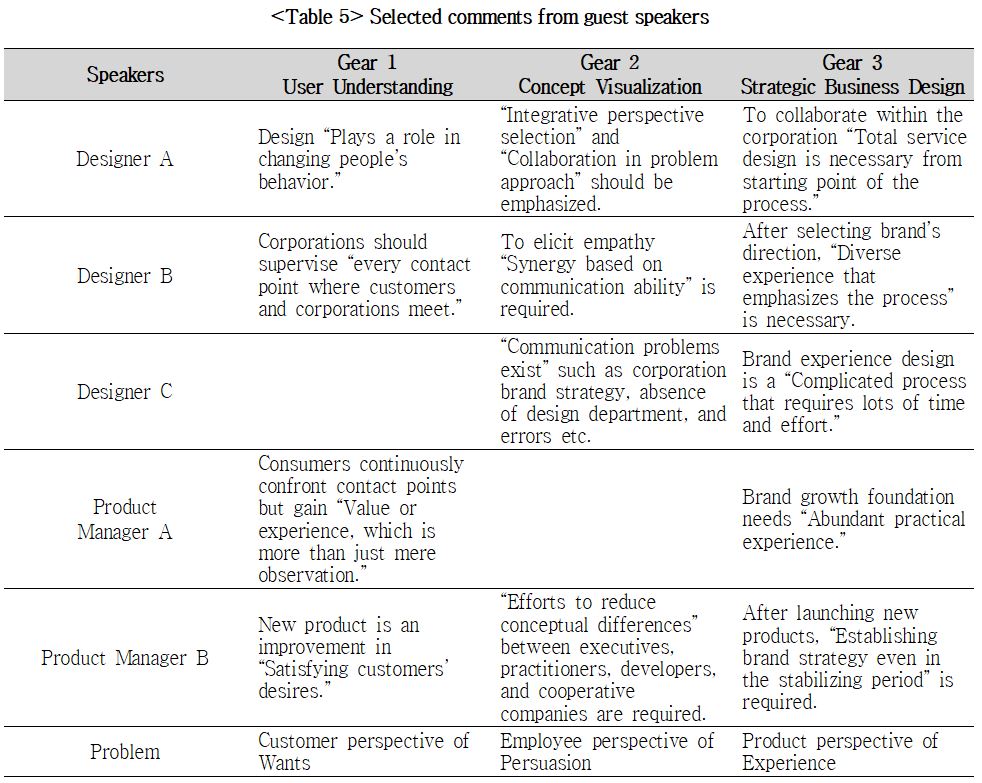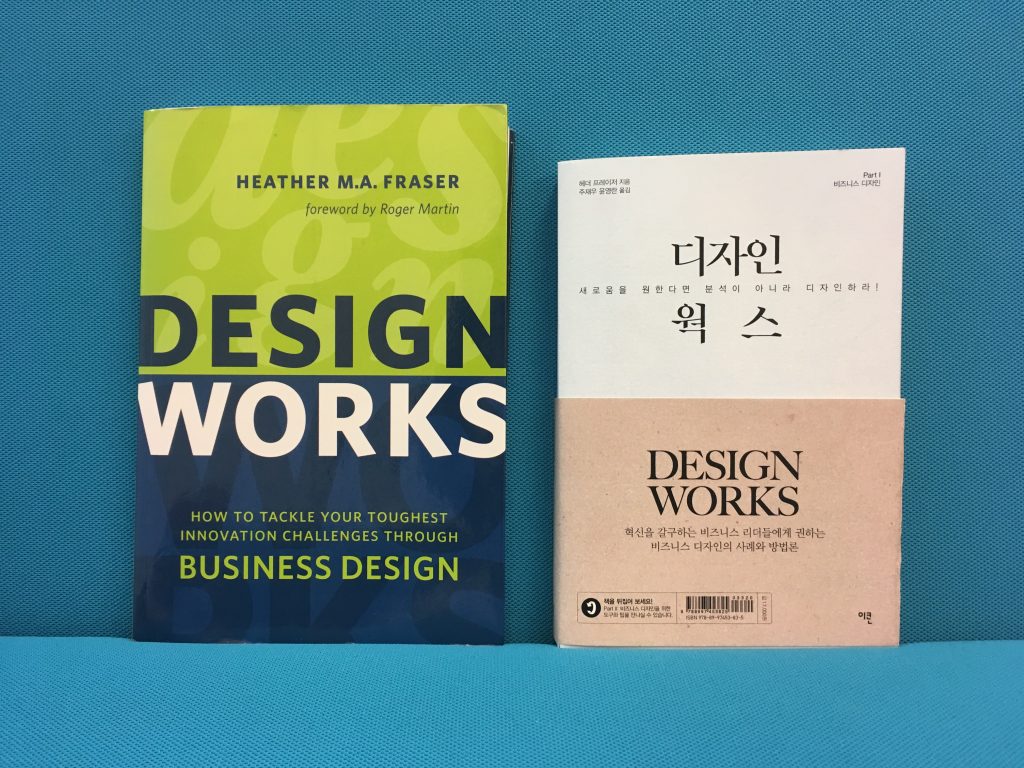In our newly published paper in Visual Communication, Renato Bertao, MyeongHeum Yeoun, and I explored how well AI powered logo makers actually perform. We tested several popular tools and asked design experts to evaluate the results. Many of the logos they produced lacked essential design principles such as proportion, balance, and unity. AI can generate logos quickly, but when it comes to well crafted design, it still falls short.
***
Reference
Bertao, R. A., Yeoun, M., and Joo, J. (2025), A blind spot in AI-powered logo makers: visual design principles, Visual Communication, 24 (1), 222-250.
Abstract
Artificial intelligence is already embedded in several digital tools used across design disciplines. Although it offers advantages in automating and facilitating design tasks, this technology has constraints to empowering practitioners. AI systems steadily incorporate machine learning to deliver meaningful designs but fail in critical dimensions such as creativity. Moreover, the intensive use of AI features to provide a design solution – so-called AI design – challenges the boundaries of the design field and designers’ roles. AI-powered logo makers exemplify a horizon where non-designers can access design tools to create a personal or business visual identity. However, in the current context, these online businesses are limited to randomize layout solutions lacking the visual properties a logo requires. This article reports mixed-method research focusing on AI-powered logo makers’ processes and outcomes. We investigated their capability to deliver consistent logo designs and to what extent their algorithms address logo design principles. Initially, our study identified representative visual principles in logo design-related literature. After probing AI-powered logo makers’ features that enable logo creation, we conducted an exploratory experiment to obtain solutions. Finally, we invited logo design experts to evaluate whether three visual principles (proportion, balance and unity) were incorporated into the layouts. The assessment’s results suggest that these AI design tools must calibrate the algorithms to provide solutions that meet expected logo design standards. Even focusing on a particular AI tool and a few visual principles, our research contributes to initial directions for developing algorithms that embody the complex aspects of visual design syntax.
Keywords
AI-powered logo maker, logo design, visual design principles, AI design, artificial intelligence
